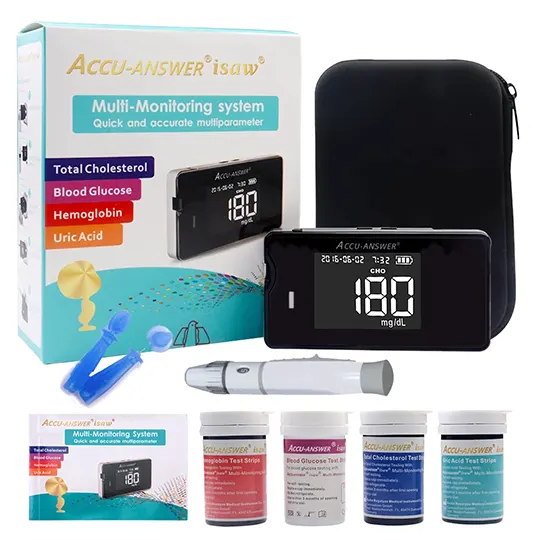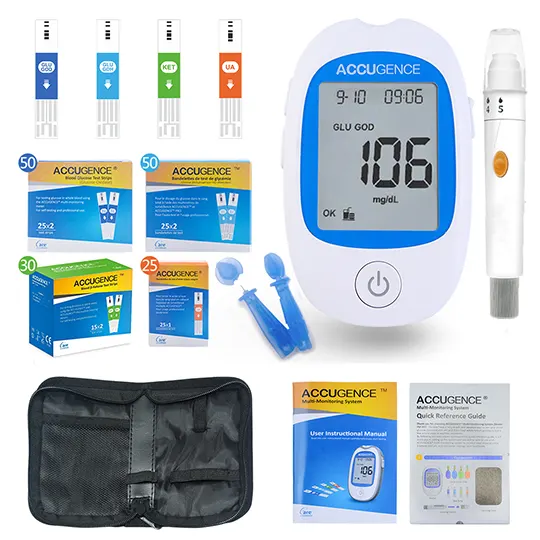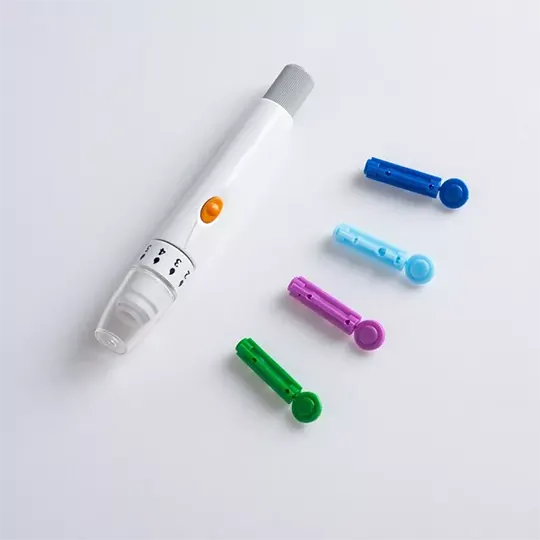Phenergan Night Time 25 mg Film-coated Tablets
Active ingredient: promethazine hydrochloride
- 1. Name of the medicinal product
- 2. Qualitative and quantitative composition
- 3. Pharmaceutical form
- 4. Clinical particulars
- 4.1 Therapeutic indications
- 4.2 Posology and method of administration
- 4.3 Contraindications
- 4.4 Special warnings and precautions for use
- 4.5 Interaction with other medicinal products and other forms of interaction
- 4.6 Fertility, pregnancy and lactation
- 4.7 Effects on ability to drive and use machines
- 4.8 Undesirable effects
- 4.9 Overdose
- 5. Pharmacological properties
- 5.1 Pharmacodynamic properties
- 5.2 Pharmacokinetic properties
- 5.3 Preclinical safety data
- 6. Pharmaceutical particulars
- 6.1 List of excipients
- 6.2 Incompatibilities
- 6.3 Shelf life
- 6.4 Special precautions for storage
- 6.5 Nature and contents of container
- 6.6 Special precautions for disposal and other handling
- 7. Marketing authorisation holder
- 8. Marketing authorisation number(s)
- 9. Date of first authorisation/renewal of the authorisation
- 10. Date of revision of the text
1. Name of the medicinal product
Phenergan Night Time 25 mg Film-coated Tablets.
2. Qualitative and quantitative composition
Each film-coated tablet contains 25 mg of the active substance promethazine hydrochloride.
Also contains 173.52 mg of lactose monohydrate.
For the full list of excipients, see section 6.1
3. Pharmaceutical form
Film-coated tablets (tablets)
Pale blue film coated tablets marked PN 25 on one side.
4. Clinical particulars
4.1 Therapeutic indications
For short term use in the treatment of insomnia in adults and as a sedative in children over 16 years of age.
4.2 Posology and method of administration
Method of administration: For oral use.
Adults (including the elderly) and children over 16 years of age 25mg or 50mg as a single night time dose.
Paediatric population: Not to be used in children under 16 years of age.
4.3 Contraindications
Hypersensitivity to the active substance or to any of the excipients listed in section 6.1.
Phenergan Night Time should not be used in patients in coma or suffering from CNS depression of any cause.
Phenergan Night Time should be avoided in patients taking monoamine oxidase inhibitors up to 14 days previously.
4.4 Special warnings and precautions for use
Phenergan Night Time may thicken or dry lung secretions and impair expectoration. It should therefore be used with caution in patients with asthma, bronchitis or bronchiectasis.
Use with care in patients with severe coronary artery disease, narrow angle glaucoma, epilepsy or hepatic and renal insufficiency.
Caution should be exercised in patients with bladder neck or pyloro-duodenal obstruction.
The use of promethazine should be avoided in children and adolescents with signs and symptoms suggestive of Reye's Syndrome.
Promethazine may mask the warning signs of ototoxicity caused by ototoxic drugs e.g. salicylates. It may also delay the early diagnosis of intestinal obstruction or raised intracranial pressure through the suppression of vomiting.
Patients with rare hereditary problems of galactose intolerance, total lactase deficiency or glucose-galactose malabsorption should not take this medicine.
Phenergan should not be used for longer than 7 days without seeking medical advice.
4.5 Interaction with other medicinal products and other forms of interaction
Phenergan Night Time will enhance the action of any anticholinergic agent, tricyclic antidepressant, sedative or hypnotic. Alcohol should be avoided during treatment. Phenergan Night Time may interfere with immunological urine pregnancy tests to produce false-positive or false-negative results. Phenergan Night Time should be discontinued at least 72 hours before the start of skin tests as it may inhibit the cutaneous histamine response thus producing false-negative results.
4.6 Fertility, pregnancy and lactation
Phenergan Night Time should not be used in pregnancy unless the physician considers it essential. The use of Phenergan Night Time is not recommended in the 2 weeks prior to delivery in view of the risk of irritability and excitement in the neonate.
Available evidence suggests that the amount excreted in milk is insignificant. However, there are risks of neonatal irritability and excitement.
4.7 Effects on ability to drive and use machines
Because the duration of action may be up to 12 hours, patients should be advised that if they feel drowsy they should not drive or operate heavy machinery.
4.8 Undesirable effects
The following CIOMS frequency rating is used: Very common (≥ 1/10); common (≥ 1/100 to < 1/10); uncommon (≥ 1/1000 to < 1/100); rare (≥ 1/10 00 to < 1/1000); very rare (< 1/10 000), not known (cannot be estimated from the available data).
Side effects may be seen in a few patients: drowsiness, dizziness, restlessness, headaches, nightmares, tiredness, and disorientation. Anticholinergic side effects such as blurred vision, dry mouth and urinary retention occur occasionally. The elderly are particularly susceptible to the anticholinergic effects and confusion due to promethazine. Other side-effects include urticaria, rash, pruritus, anorexia, gastric irritation, palpitations, hypotension, arrhythmias, extrapyramidal effects, restless legs syndrome, muscle spasms and tic-like movements of the head and face. Anaphylaxis, jaundice and blood dyscrasias including haemolytic anaemia rarely occur. Photosensitive skin reactions have been reported. Strong sunlight should be avoided during treatment.
Reporting of suspected adverse reactions
Reporting suspected adverse reactions after authorisation of the medicinal product is important. It allows continued monitoring of the benefit/risk balance of the medicinal product. Healthcare professionals are asked to report any suspected adverse reactions via Yellow Card Scheme at: www.mhra.gov.uk/yellowcard or search for MHRA Yellow Card in the Google Play or Apple App Store.
4.9 Overdose
Symptoms of severe overdosage are variable. They are characterised in children by various combinations of excitation, ataxia, incoordination, athetosis and hallucinations, while adults may become drowsy and lapse into coma.
Convulsions may occur in both adults and children: coma or excitement may precede their occurrence. Cardiorespiratory depression is uncommon. If the patient is seen soon enough after ingestion, it should be possible to induce vomiting with ipecacuanha despite the antiemetic effect of promethazine; alternatively, gastric lavage may be used.
Treatment is otherwise supportive with attention to maintenance of adequate respiratory and circulatory status. Convulsions should be treated with diazepam or other suitable anticonvulsant.
5. Pharmacological properties
5.1 Pharmacodynamic properties
Pharmacotherapeutic group: Antihistamines for systemic use; Phenothiazine derivatives, ATC code: R06AD02
Potent, long acting, antihistamine with additional anti-emetic central sedative and anti-cholinergic properties.
5.2 Pharmacokinetic properties
Promethazine is distributed widely in the body. It enters the brain and crosses the placenta. Promethazine is slowly excreted via urine and bile. Phenothiazines pass into the milk at low concentrations.
5.3 Preclinical safety data
There are no preclinical data of relevance to the prescriber, which are additional to any already included in other sections of the SmPC,
6. Pharmaceutical particulars
6.1 List of excipients
Lactose monohydrate
Maize starch
Povidone K30
Magnesium stearate
Polyethylene glycol 200
Hypromellose (Pharmacoat 606)
Colouring agent: Opaspray M-1-4210A
Titanium dioxide (E171)
Hypromellose (E464)
Indigo carmine aluminium lake FD&C Blue no 2 (E132)
6.2 Incompatibilities
Not applicable
6.3 Shelf life
3 years.
6.4 Special precautions for storage
Store below 30°C. Store in the original carton in order to protect from light.
6.5 Nature and contents of container
Opaque white 250µm uPVC coated with 40gsm PVdC. 20µm hard temper aluminium foil (coated with vinyl heat seal lacquer).
Pack size: 14 tablets
Not all pack sizes may be marketed.
6.6 Special precautions for disposal and other handling
No special requirements
7. Marketing authorisation holder
Aventis Pharma Limited, trading as Sanofi
410 Thames Valley Park Drive,
Reading,
Berkshire,
RG6 1PT,
United Kingdom.
8. Marketing authorisation number
PL 04425/0700
9. Date of first authorisation/renewal of the authorisation
15/02/2017
10. Date of revision of the text
27/10/2020
Legal Category
P




